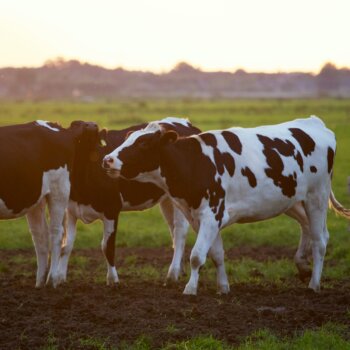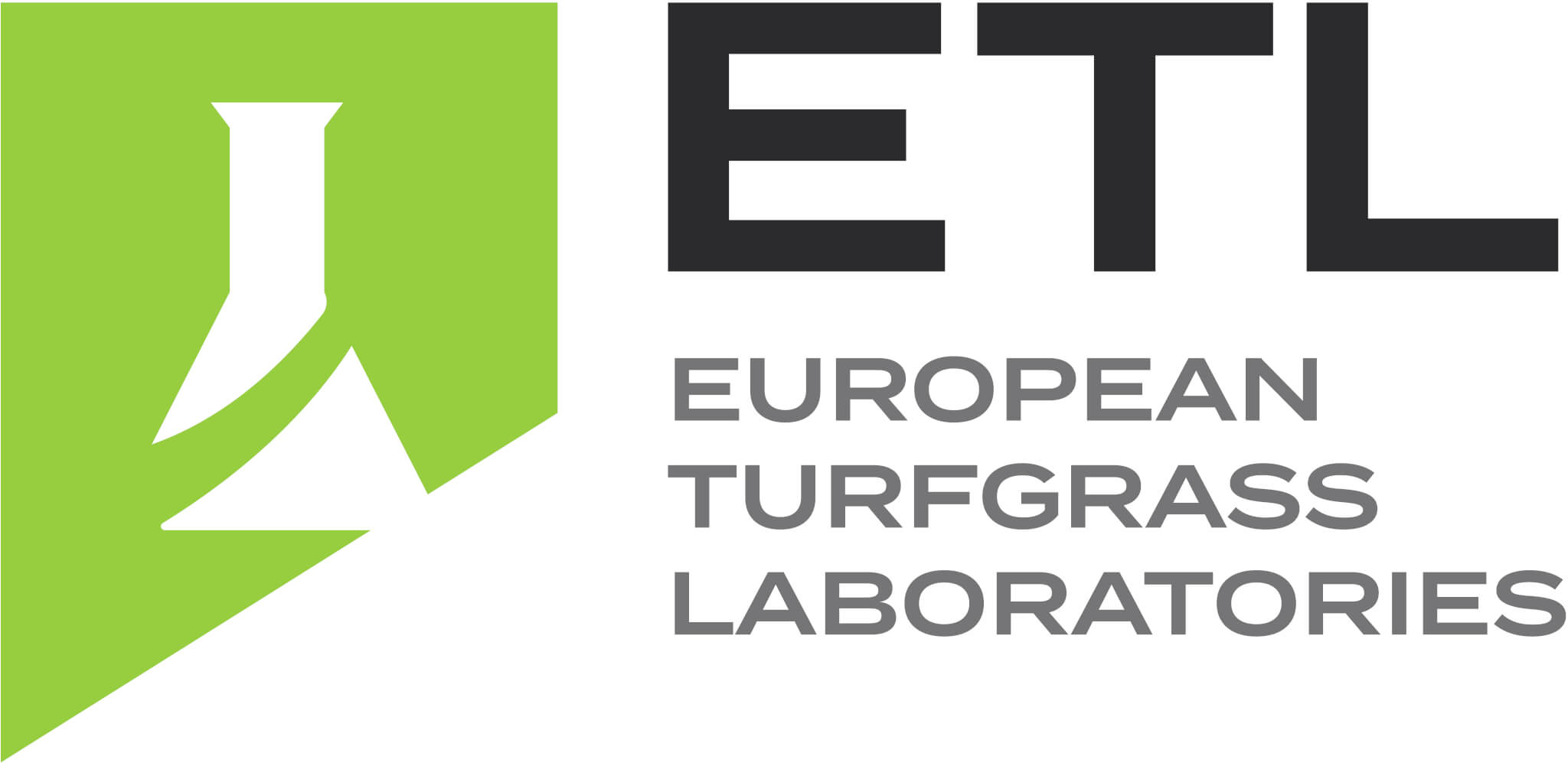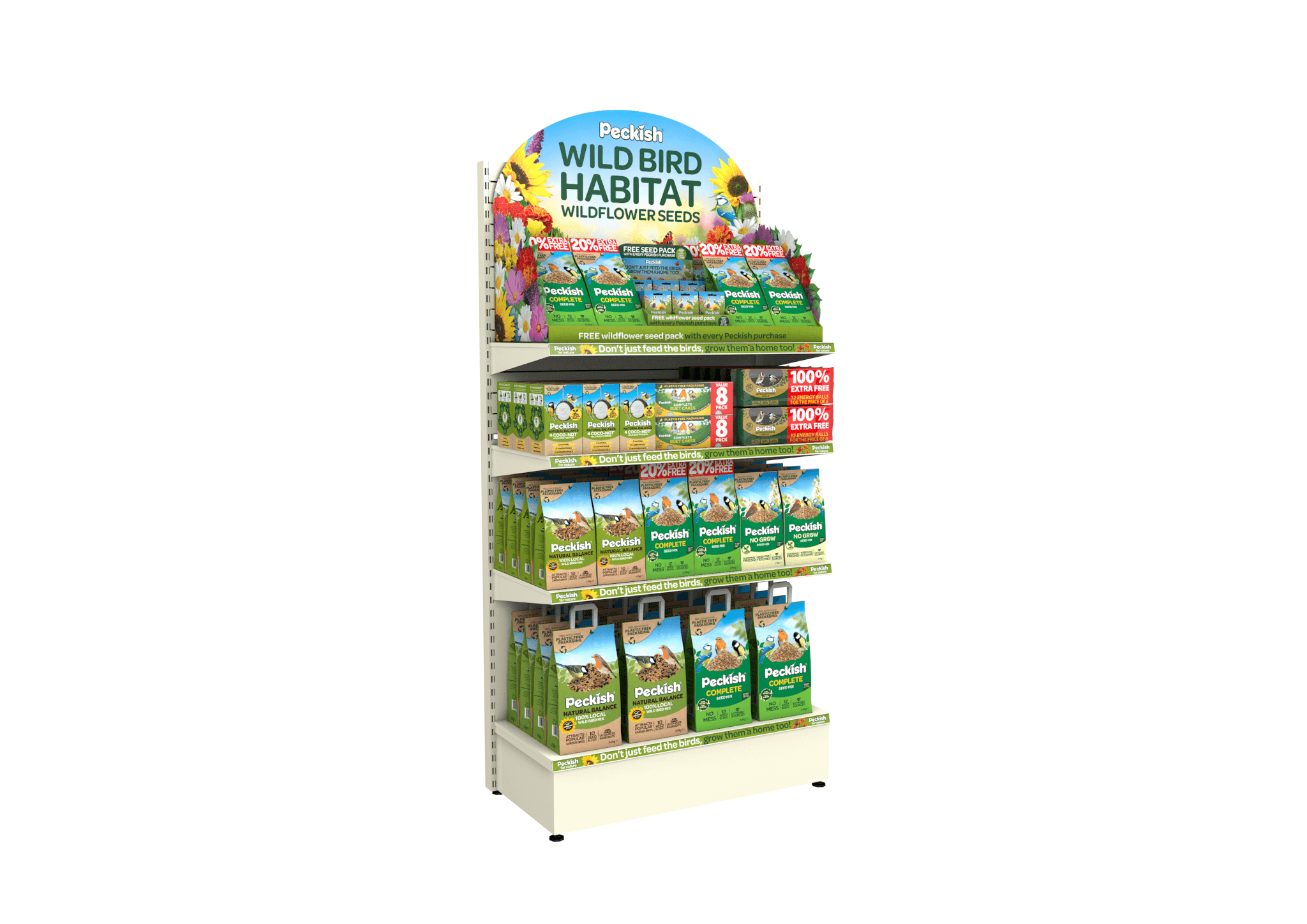Teagasc Fodder Survey update October 2023

10% to 20% of farms in different regions are at risk of being short of winter feed primarily due to a possible extended winter feeding period
26 October 2023
Teagasc has recently updated the national fodder survey across dairy and drystock farms nationwide. This follows a provisional survey conducted in late June after the completion of the first cut silage. The survey is part of an advisory programme aimed at improving feed security planning on livestock farms.
The provisional data from June indicated that, on average, dairy and drystock farms were on track for winter feed, provided they achieved normal second cut yields and grazing season length. However, it also revealed that approximately 15% of Teagasc farmer clients faced significant feed deficits, consistent across regions and enterprise types.
The updated October Fodder Survey now includes second cut silage crops and accounts for silage used due to poor autumn weather. The national results show that 75% of surveyed farms have a surplus of winter feed. The proportion of farms short of silage ranges from 9% to 15% depending on the region, with the North West tighter on feed supply than the average.
Additionally, 10% to 20% of farms in different regions are at risk of being short of winter feed, primarily due to a possible extended winter feeding period. These findings are consistent across enterprise types within each region.
Other survey results show that 16% of farms, mainly drystock, have fewer animals this year, and approximately 17% have less silage compared to last year. Among farms short or at risk of being short of feed, 53% plan to purchase silage, 25% intend to reduce stock, and 23% are considering a combination of both. More than 5% of farms have tested silage quality to date.
The national outlook for winter feed availability is relatively secure, with the need for close monitoring on 10% to 20% of farms and corrective action required for 10% to 15% of farms. These farms are advised to act early to balance feed budgets and seek advice if needed. Farmers are also urged to consider how silage quality may have been affected by challenging weather conditions during 2023, particularly for later cuts.
Kate McCarthy, survey co-ordinator, Teagasc, said; ”The updated fodder survey shows that most farms are in a relatively good position for winter feed, despite the challenging weather in late summer and autumn. However, a higher proportion of farms in regions such as the North West may be at risk of feed shortages due to a combination of difficult second cuts and an earlier start to silage feeding. These issues could surface next spring if left unchecked, so we encourage farmers to assess their own situation promptly and take action.”
Tom Curran, head of advisory services, Teagasc, said: ”While our client farms are broadly on target for winter feed, a significant proportion of farms need to be watchful of winter feed stocks in the coming weeks and months. As always, the options to fix shortages are better value and more plentiful, if early action is taken.
“We encourage all farmers to do their own individual fodder budget to assess the situation on their own farm, and to assess appropriate diet formulations based on silage quality and feeding value.”



 Print
Print








Fans 0
Followers